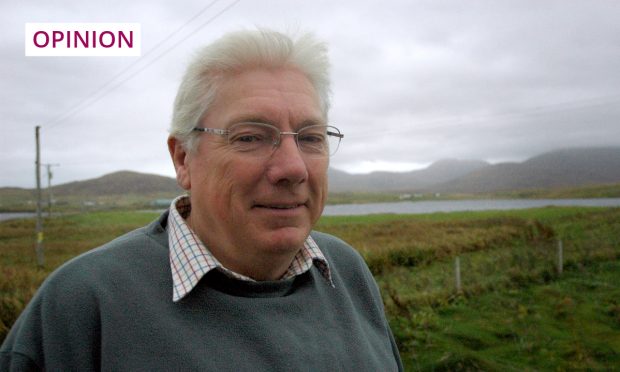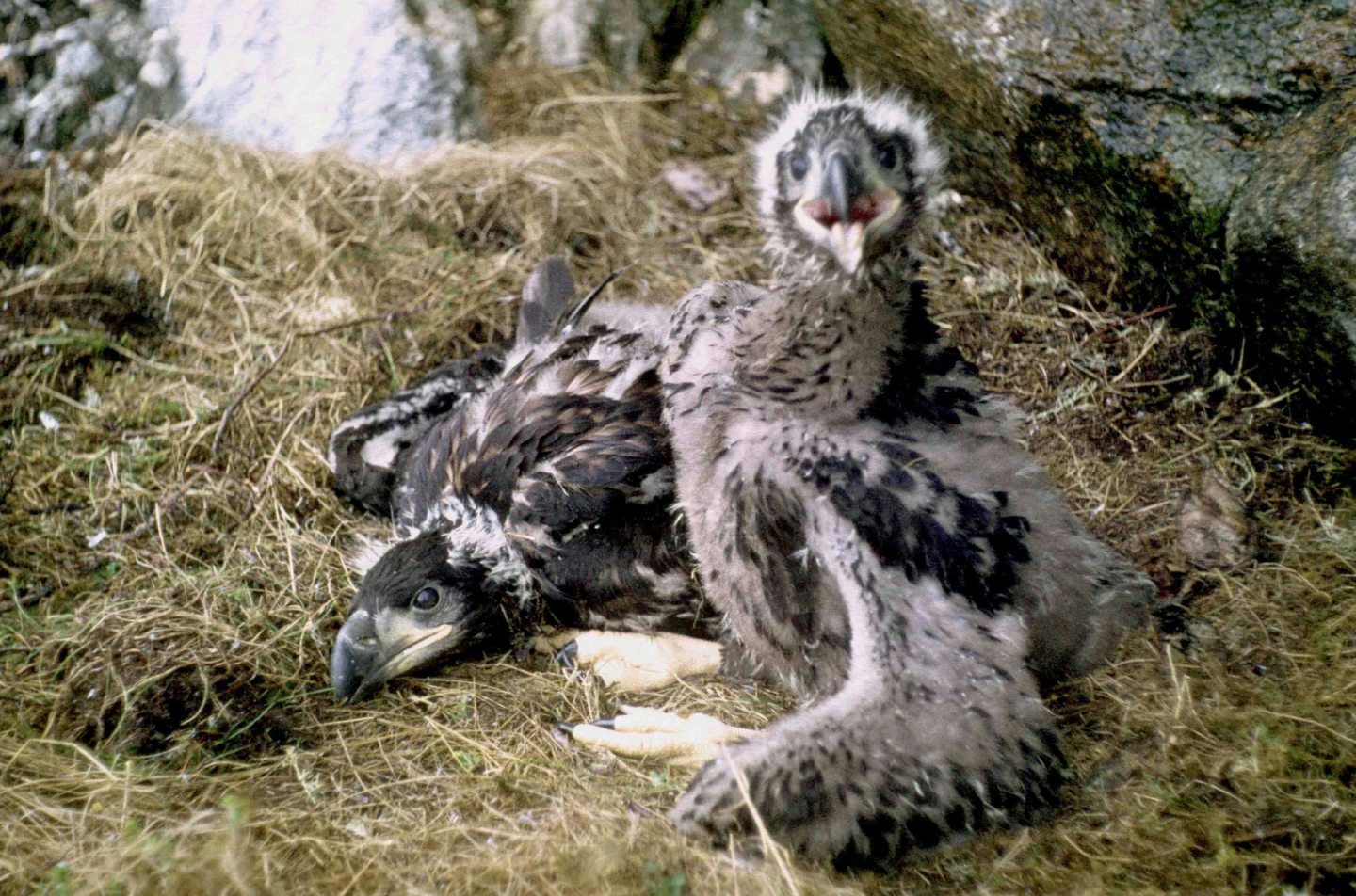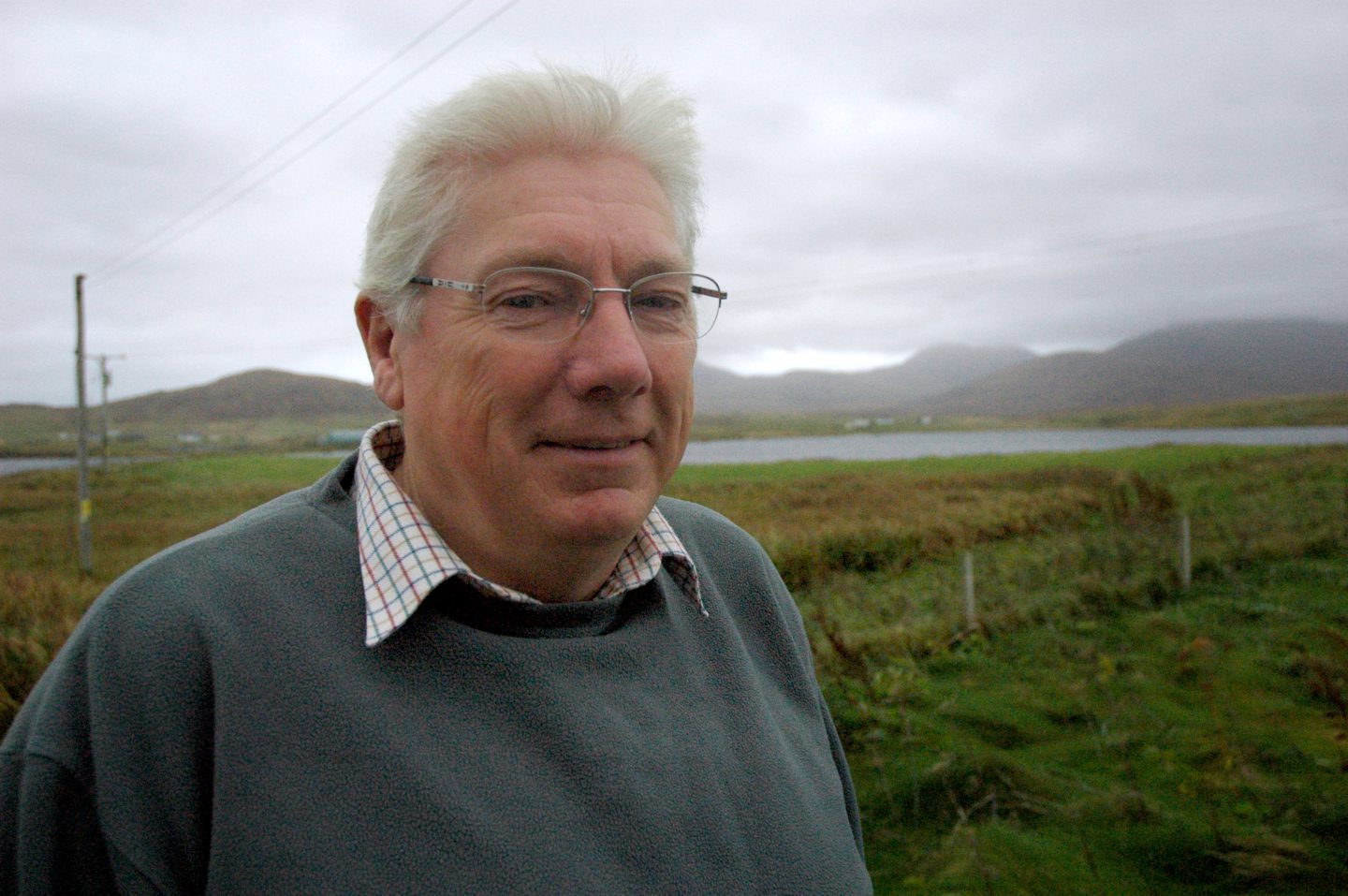John Love, a Scottish ornithologist of rare distinction, has died.
He was born in Inverness, won an honours degree in natural history at Aberdeen University and for much of his adult life lived on South Uist.
Anyone with an interest in the birds of wild Scotland hears the name John Love and thinks, “sea eagles”.
The Nature Conservancy Council Scotland bought the island of Rum from its last private owner in 1957 to establish a national nature reserve there.
The particular interest then was geology and red deer, and at one stage there was talk about an experiment to reintroduce wolves, which was mercifully short-lived.
Putting wolves on an island the size of Rum is akin to putting sea eagles in a cage.
Sea eagle reintroduction
The young John Love’s involvement with the NCC and Rum was prefigured on a holiday on Fair Isle in the late 1960s when he became aware of an unsuccessful attempt by George Waterston, then Scottish director of the RSPB, to release three sea eagles there, a kind of sequel to his cousin Pat Sandeman’s solo attempt in 1959.
Pat, who in later life became a great friend of mine, had heard of two sea eagles that had been in captivity and were going to be put down.
He would tell me how he arranged to rescue them and of arriving at Waverley Station in Edinburgh to collect two crates from which emanated “weird screaming noises”.
One of the birds disappeared on release in Glencoe, the other one “flew down onto the Glencoe road where it stopped the traffic”.
Such was the ignominious end of the first two attempts at sea eagle reintroduction.
But lessons were learned and the notion came into its own when Rum was chosen as the site for a new scheme.
Happily for the success of the project, John Love was appointed as NCC’s sea eagle reintroduction officer in 1975, and neither John nor sea eagles ever looked back.
There is a photograph out there, the young John Love in the background, 1970s haircut jousting with the Hebridean wind (those of us of a certain age all had too much hair in 1975), while the foreground is consumed by the unfurling wingspan of the first sea eagle to be released on Rum.
I remember vividly seeing it for the first time in a newspaper, the lump in my throat, the sense of a destined moment.
Best job in the world
Even then, as a newspaper journalist with a love of islands, mountains and wildlife, it seemed to me that John Love had just landed the best job in the world.
In the next 10 years, he would oversee the release of 82 sea eagles and he ensured the total success of the project.
Today, Scotland has around 400 pairs, and it is a question of time before they outnumber golden eagles, thus restoring the historical norm.
John Love was so persuasively and relentlessly enthusiastic about them and their value to wild Scotland that those of us who are thrilled to the wellbeing of wild Scotland are forever indebted to him.
As is the burgeoning population of sea eagles.
John subsequently worked for Scottish Natural Heritage as area officer for Uist, Barra and St Kilda.
He made many trips to coastal Norway where Scotland’s reintroduced sea eagles were sourced.
In Norway he befriended a sea eagle expert called Harold Misund.
Some time after I had written The Eagle’s Way which was published in 2014, Harold Misund wrote to me expressing interest in my thoughts about the east coast reintroductions (which had provided the seed for the book) and said he could help if I ever came to Norway to watch sea eagles.
He also asked if I knew John Love, and again it felt as if our lives had been following curiously parallel courses.
‘Thanks John’
We had friends and work contacts in common but our paths simply never crossed until we were both invited to a new book and music festival in Mallaig in 2016.
We shared a few drinks, swapped brief autobiographies, talked about old friends and shared their stories. We got on well.
We stayed in touch for a while but he was mostly in the islands or pursuing a career in “retirement” as a speaker on wildlife cruise ships and I was knee-deep in my writing life.
Then Covid came along and no-one was seeing anyone.
But there is this. I have seen sea eagles everywhere from Mingulay to Tentsmuir, Skye and Mull to Abernethy Forest, Assynt to Loch Tay, Argyll to Berwickshire, and the seventh fairway of Comrie Golf Course (twice) to the Lofoten Islands of Arctic Norway (so I did get there, and saw 20 sea eagles in a week).
And every time I have said silently to myself, “Nice job, John. Thanks.”




Conversation